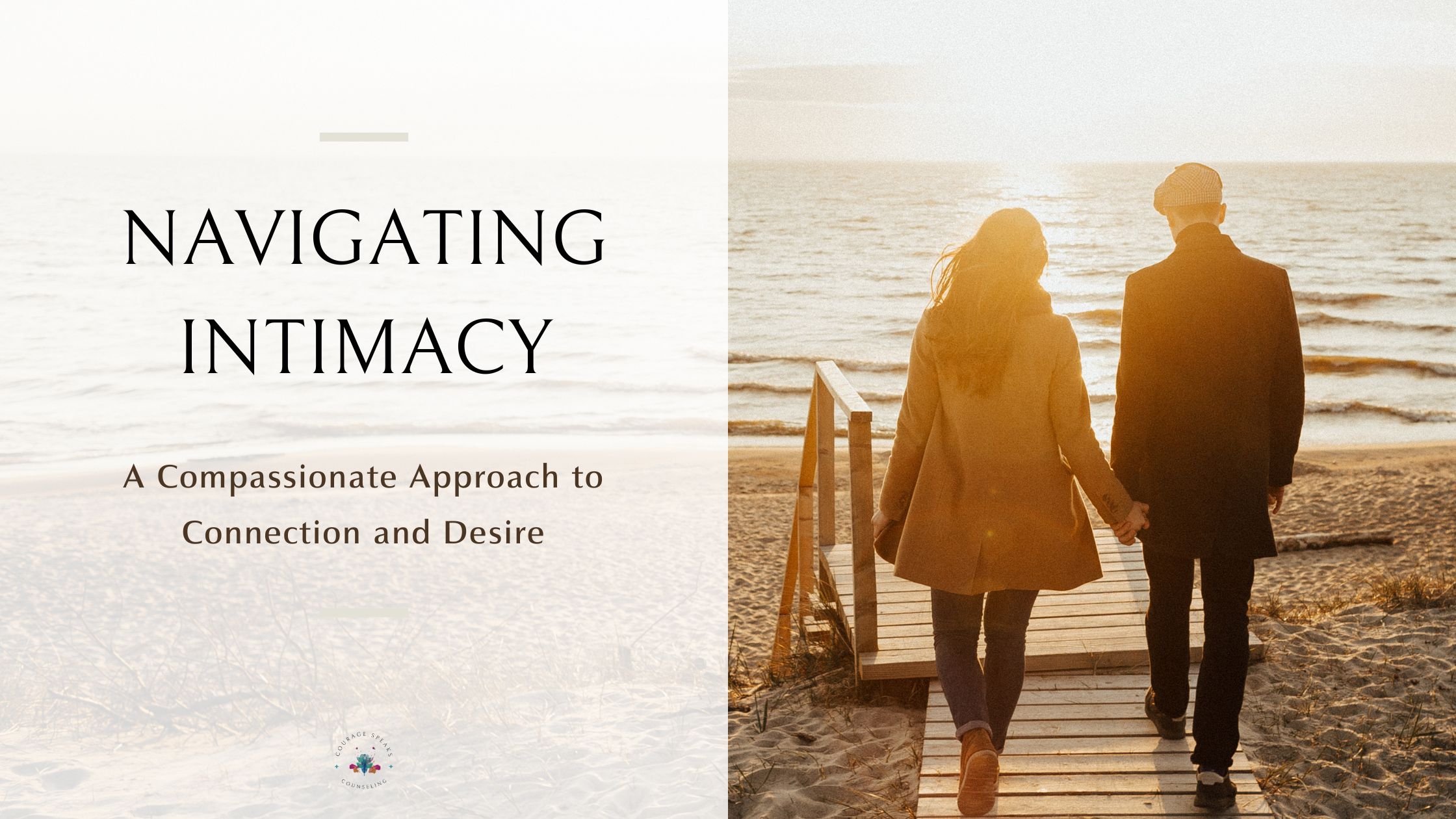
Before, After, and Now: Healing After Life-Altering Events
Healing isn’t about returning to who you were—it’s about learning to live fully in the present and trusting the unfolding of your journey after life-altering events.

When it comes to intimacy, especially physical intimacy, there’s a complexity to human connection that’s as unique as each individual. Whether it’s differences in desire, comfort with sexual touch, or the ways we experience closeness, it’s natural for people to want different things—sometimes more, sometimes less, or something entirely different from what their partner does. These differences can feel deeply personal, leaving both people with hurt, frustration, or even shame when their needs don’t align.
How do we navigate this? With compassion—for ourselves and for others. The goal isn’t to “fix” anyone or to mold our desires to perfectly match another’s, but to deepen our understanding of what’s happening beneath the surface.
Desire isn’t just about the body; it’s intertwined with emotions, history, and even a sense of safety. One person may long for closeness as a way to feel loved or valued, while another may struggle with sexual touch because of past experiences or feelings of being overwhelmed. Neither response is wrong—it’s simply the result of what life has taught each of us about closeness and safety.
It’s important to see that sexual touch, while often framed as purely physical, is deeply emotional. When one person wants more and the other wants less, what they’re really saying often has less to do with the act itself and more to do with their internal world. For one, it might feel like a bid for connection. For the other, it might feel like too much, too fast, or not quite the kind of closeness they need. Neither position is about rejecting the other person, though it can often feel that way in the moment.
Understanding these dynamics starts with curiosity. Not judgment, not forcing, but genuine curiosity. What’s happening within you? What’s happening within them? Often, when we slow down, we notice that the gap between “I want more” and “I can’t give you more” isn’t so wide—it’s simply a matter of understanding the why behind the want.
Ultimately, intimacy isn’t about always getting it right. It’s about staying connected to yourself and the other person even when things feel complicated. The differences in desire or comfort don’t mean that connection isn’t possible—they’re an opportunity to deepen your understanding of one another and, by extension, yourself.
When we approach these moments with curiosity instead of expectation, something profound shifts. The other person stops feeling like a puzzle to solve or a wall to climb over, and we begin to see them simply as they are: a human being with a history, a heart, and a longing to connect, just like us.
So if you’re navigating these challenges, be gentle. You’re not alone in this, and you’re not failing. The road to intimacy is rarely straightforward, but with compassion—both for yourself and for others—you’ll find your way forward, one moment at a time.
Embracing Shadows, Illuminating Hope,
Chelsey Fjeldheim, LCSW
Empowering Souls on the Path of Healing
Copyright © 2025 Chelsey Fjeldheim, Courage Speaks Counseling

Healing isn’t about returning to who you were—it’s about learning to live fully in the present and trusting the unfolding of your journey after life-altering events.

Healing isn’t about fixing yourself. It’s about staying present, feeling fully, and letting transformation happen without force.

There’s no perfect time to start therapy, but if you feel stuck, disconnected, or overwhelmed by change, it might be the right time to explore it.

Because you matter. You are important. You are worth it.